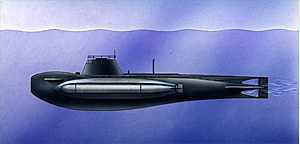Marksmen!
This is coolbert:
First read my previous blog entries on the principle of the designated marksman here and here. Then read this incredible stuff.
Thanks here to Al Nofi, [CIC # 166], through StrategyPage.
"On the Nose"
"Very early in the Revolutionary War, Congress resolved to recruit a regiment of riflemen from the rugged frontier folk of Virginia and Pennsylvania. An enormous number of men came forward to offer their services."
[persons that today would be referred to as "hillbillies". Persons having in their hands and firing single-shot, muzzle loading flintlock rifles of the "Kentucky" or "Pennsylvania" type. Handcrafted rifles built by German immigrant craftsman and wielded by men WHO KNEW HOW TO SHOOT!]
"Too many, in fact."
"When the officers appointed to organize the two companies allocated to Virginia arrived at the appointed rendezvous, they found 500 men ready to serve, far more than the approximately 200 required. Now the volunteers were all good men. And a mite touchy lest some preference be shown to another. So merely picking 200 men out of the mass of volunteers would not do."
"To resolve the dilemma, one of the recruiting officers devised a simple test.
Taking a board one foot square, he chalked upon it the profile of a face. He then nailed the board to a tree and paced off 150 yards [about 150 meters], where he drew a line in dirt. Each volunteer was asked to put a round in the target, as close to the nose as he could."
"The first 50 men to step forward obliterated the nose, requiring a replacement. In this way the Virginia companies were filled with little difficulty and, under Daniel Morgan, later one of the most successful American commanders of the war, almost immediately set out to join George Washington’s army in front of Boston."
You would be hard pressed to find marksmen in any army of the world TODAY who with MODERN weapons could equal or surpass the frontier riflemen of that era.
And we see the name of Daniel Morgan. American Revolutionary War commander seldom out-classed. A man whose name can be added to the list of superlative amateurs. Intuitive, inspired, non-professional combat commanders of the first order.
A list that now includes:
* Julius Caesar [suggested by Fabius Maximus]
* General Giap.
* Oliver Cromwell.
* Mikhail Frunze [?].
* Daniel Morgan.
coolbert.
Labels: Shootists





























